|
|
|
|
|
|
|
|
Photo Gallery for Alligator mississippiensis - American Alligator
| 25 photos are shown. |
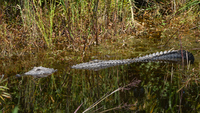 | Recorded by: Mark Shields
Pender Co.
Comment: |  | Recorded by: G. Newman
Onslow Co.
Comment: |
 | Recorded by: G. Newman
Onslow Co.
Comment: |  | Recorded by: G. Newman
Onslow Co.
Comment: |
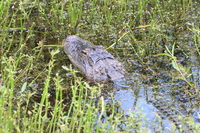 | Recorded by: Travis McLain
Dare Co.
Comment: | 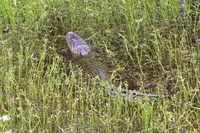 | Recorded by: Travis McLain
Dare Co.
Comment: |
 | Recorded by: Mark Shields
Dare Co.
Comment: |  | Recorded by: R. Evans, M.Windsor
Onslow Co.
Comment: |
 | Recorded by: K. Sanford, K. Haben
Gates Co.
Comment: |  | Recorded by: B. Godwin
Robeson Co.
Comment: |
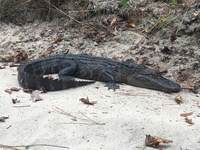 | Recorded by: Z. Lunn, D. Crilley, A. Carter, T. Garner
Columbus Co.
Comment: | 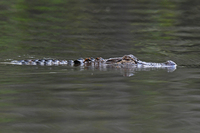 | Recorded by: Mark Shields
Brunswick Co.
Comment: |
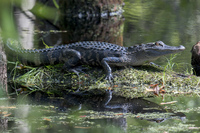 | Recorded by: Mark Shields
Pender Co.
Comment: |  | Recorded by: Erich Hofmann and Kayla Weinfurther
Craven Co.
Comment: |
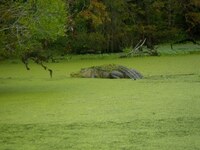 | Recorded by: Jane Wyche
Gates Co.
Comment: |  | Recorded by: R. Tomczak
Onslow Co.
Comment: |
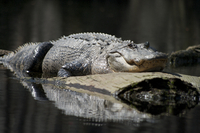 | Recorded by: Jane Wyche
Gates Co.
Comment: | 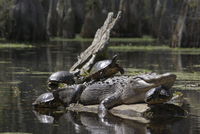 | Recorded by: Chuck Richardson
Gates Co.
Comment: |
 | Recorded by: E. Corey, LAWA Park Staff
Columbus Co.
Comment: |  | Recorded by: Jonathan Short
Columbus Co.
Comment: |
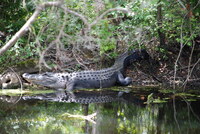 | Recorded by: Amy Bernhardt, Jonathan Short
Columbus Co.
Comment: |  | Recorded by: J. Davis, C. Williams
New Hanover Co.
Comment: |
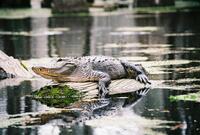 | Recorded by: J. Mickey
Gates Co.
Comment: | 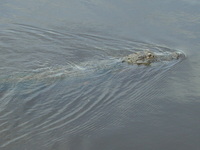 | Recorded by: K. Futch
New Hanover Co.
Comment: |
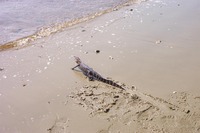 | Recorded by: J. Shimel
New Hanover Co.
Comment: |
 »
» 



 »
» 


